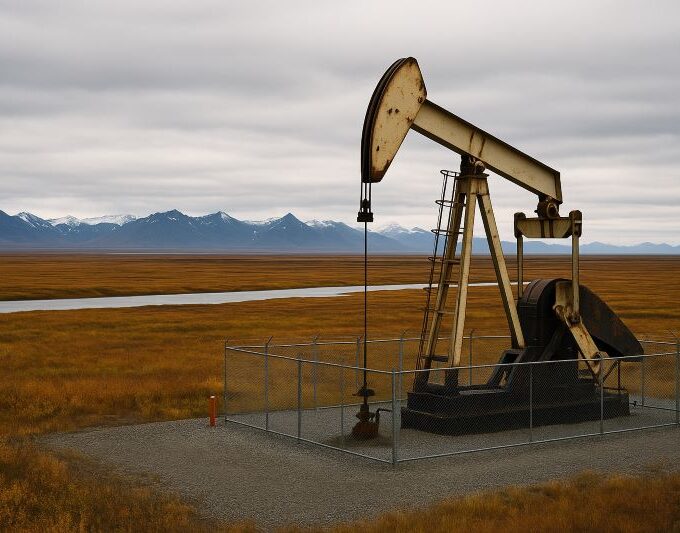In the context of deep restructuring of the global energy landscape and growing environmental challenges, a sustainable transformation of the energy system is urgently needed. Distributed Energy Systems (DES), as an innovative energy solution, are driving profound changes in the energy sector and becoming a key force behind the energy revolution.
Definition and Architecture of Distributed Energy Systems
Unlike traditional centralized energy supply models, DES are small to medium-sized energy conversion systems that provide energy locally and on demand. These systems form a complex ecosystem, encompassing various forms of primary energy and advanced technologies. From primary energy input to secondary energy output and supply, every link is closely interwoven and coordinated.
DES draws from diverse primary energy sources. Natural gas is a prominent fuel due to its cleaner combustion and higher efficiency compared to coal. Renewable energy is even more favored. Solar power is captured by photovoltaic (PV) panels on rooftops and open spaces, converting sunlight into electricity. Wind power, harnessed by small turbines, is especially effective in coastal or open plain areas. Biomass energy uses agricultural and forestry waste, processed through pyrolysis or gasification, to generate electricity and heat, showcasing local resource characteristics.
In terms of secondary energy supply, combined cooling, heat, and power (CCHP) systems play a central role. They maximize energy cascade use—producing electricity, heat, and cooling from a single energy input. For example, gas turbines generate electricity while high-temperature exhaust gases are captured to produce steam for heating. Absorption chillers use that steam for cooling, significantly boosting energy efficiency.
Energy storage is also essential. It stores excess renewable energy during periods of high generation and releases it during low production or high demand, stabilizing supply and smoothing out fluctuations.
Key Advantages of Distributed Energy Systems
Traditional centralized systems suffer transmission losses over long distances. DES overcomes this by locating generation near users, reducing energy loss. A case in point is the Guangzhou University Town DES project, which achieved a remarkable 70-80% primary energy utilization rate, far surpassing traditional systems. The relevant report of the International Energy Agency (IEA) has tracked and analyzed the energy utilization efficiency of global distributed energy projects and found that an increasing number of projects have achieved significant improvements in energy utilization.
DES powered by renewables generates almost zero greenhouse gas emissions. Even when using natural gas, emissions are significantly lower than coal-fired plants. DES acts as a “green shield,” improving air quality and mitigating climate change.
In the digital era, stable power is critical. Centralized grids are vulnerable to disruptions, but DES, through decentralized generation, forms a robust safety net. If part of the grid fails, local units can switch to island mode, continuing to power essential facilities like hospitals and communication centers.
From a user perspective, DES can greatly reduce energy bills. Households can install PV panels, using solar power for self-consumption and selling surplus back to the grid. For utilities, DES eases peak demand pressure and reduces the need for large-scale infrastructure investments. It also stimulates new industries and job creation in manufacturing, installation, and energy services.

Applications Across Sectors
Many households now install rooftop PV systems. Excess energy can be stored and used during the night or on cloudy days. This self-sufficient model reduces electricity bills and turns residents into clean energy producers.
Malls and office buildings benefit from on-site solar and storage systems, especially during peak hours. Industrial parks can tailor DES to their production needs, improving energy efficiency. For companies requiring stable power, DES provides reliable backup and minimizes losses from outages.
In remote regions with limited grid access, DES offers a lifeline. Localized wind or solar generation, combined with batteries, allows for an independent electricity supply. This improves living standards and supports industries like tourism and agriculture.
During disasters, centralized grids often fail. DES installed at critical facilities such as hospitals, can provide emergency power. After disasters, these systems restore power quickly and support recovery efforts, minimizing losses.
Despite their potential, DES faces several challenges. High upfront costs for equipment like PV panels and batteries hinder widespread adoption. System integration and coordinated operation across devices remain technical hurdles. Policy gaps also exist—grid connection processes may be complex, and incentives unclear. Market mechanisms for pricing and trading distributed energy are underdeveloped.
To address these, researchers are working to lower costs and improve efficiency. PV technology continues to advance, with falling prices and rising conversion rates. Emerging storage technologies like solid-state and flow batteries promise better performance at lower costs. Policymakers are simplifying grid access, clarifying subsidies, and refining pricing mechanisms. Energy firms and investors are building trading platforms to optimize resource allocation.
DES represents a powerful innovation in the energy sector. With their high efficiency, environmental friendliness, reliability, and flexibility, they show immense potential. As technology progresses, policies improve, and markets mature, DES will play an increasingly important role in global energy systems, powering the transition toward a cleaner, low-carbon future.












